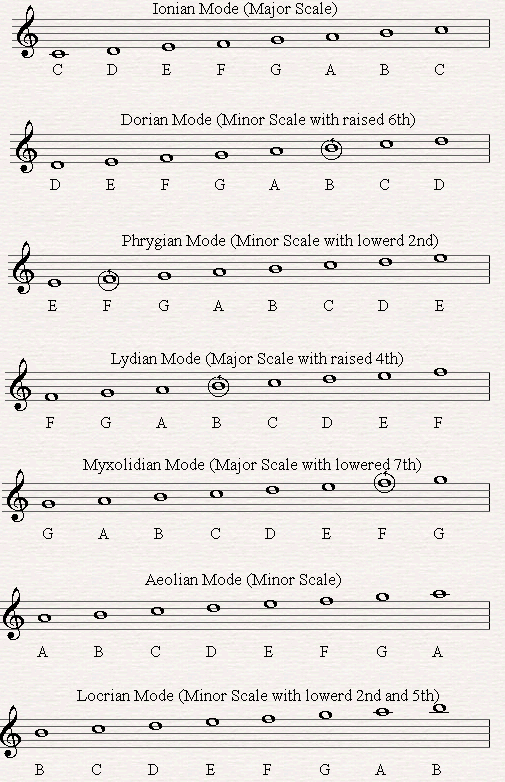


I have found so many new ways of thinking, imagining and hearing different tonal possibilities by exploring the melodic minor scales.For a chromatic scale, you just start on one note and go up and down chromatically.Ĭertain fingerings make it easier to play faster.

By combing C melodic minor and F melodic minor over a ii-V-I progression in the key of Bb both scales relate to the F7 chordI can get a unique melodic shape with lots of tension, contour and release through voice leading. The third reason I find the melodic minor scale so useful is that I can combine the various scales that relate to any given dominant 7th chord to create interesting, modern sounding melodic colors. You can play the notes in any order that makes musical sense to you when you improvise. Note: The above examples are only intended to show the relationship of each minor scale to the natural scale of the dominant chord. Mastering and understanding these scales in relation to dominant chords can open up a world of melodic possibilities when you improvise over harmonic forms, as well as when you improvise without chord changes. You can find which scales fit over any given dominant 7 th chord by thinking of the roots of the minor scale in relation to the various degrees of the chord itself. There is a simple formula for finding the minor scales that relate to the dominant 7th chords. This was the way the great tenor saxophonist and improvising genius, Warne Marsh, approached altered harmonic tensions he taught his students to think and hear this way, as well. The rest of the notes are in common with the Bb major scale. In the first two measures are the notes that are natural to the F7 chord the Bb major scale. You can analyze each of these V-I patterns to see that the harmonic functions of each note of the minor scale changes in relationship to the dominant chord. But now take a look at the other examples below, using the exact same melodic pattern formed from the C melodic minor as it is applied to other dominant 7th chords. This is how the melodic minor is typically applied over dominant 7th chords in modern jazz. The second reason I find this scale so useful is that it offers a different perspective in understanding natural, as well as altered, harmony over dominant 7th chords. Saxophone Pentatonic Scales – Major and Minor If you were to just improvise using the notes of the scale, you could find lots of cogent sounding melodic possibilities. Because it contains two tritones Eb-A F-Bit easily and naturally moves in and out of tension, folding and unfolding into resolution. Take a look below at a C melodic minor scale. First, the scale has a naturally beautiful contour, which invites compelling melodies. I myself have spent lots of time over the years working with scales as I study improvisation. In modern jazz improvisation, many different scale colors are used: diminished, major including Lydian and other modesminor, blues scales, dominant 7th scales, pentatonic and hexatonic scales…If you spend time with them you can find lots of musical possibilities.


 0 kommentar(er)
0 kommentar(er)
